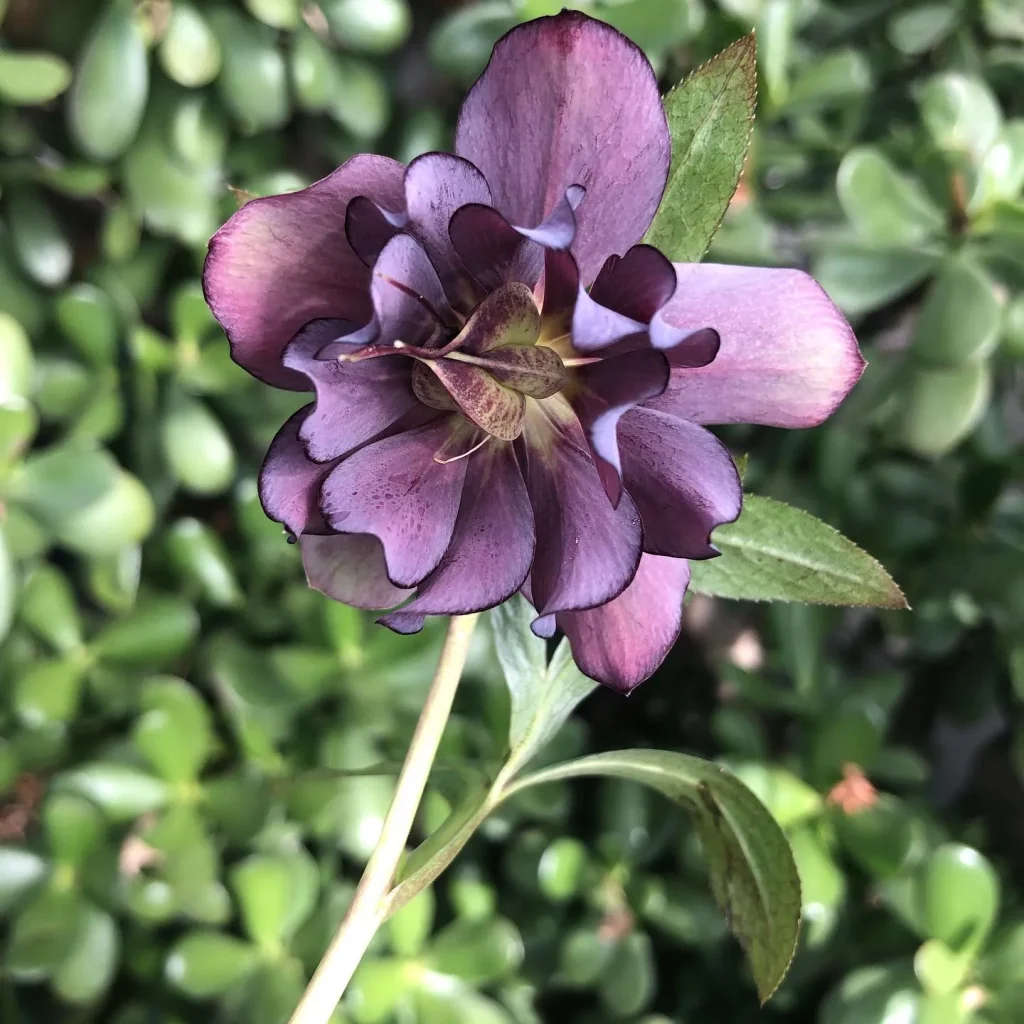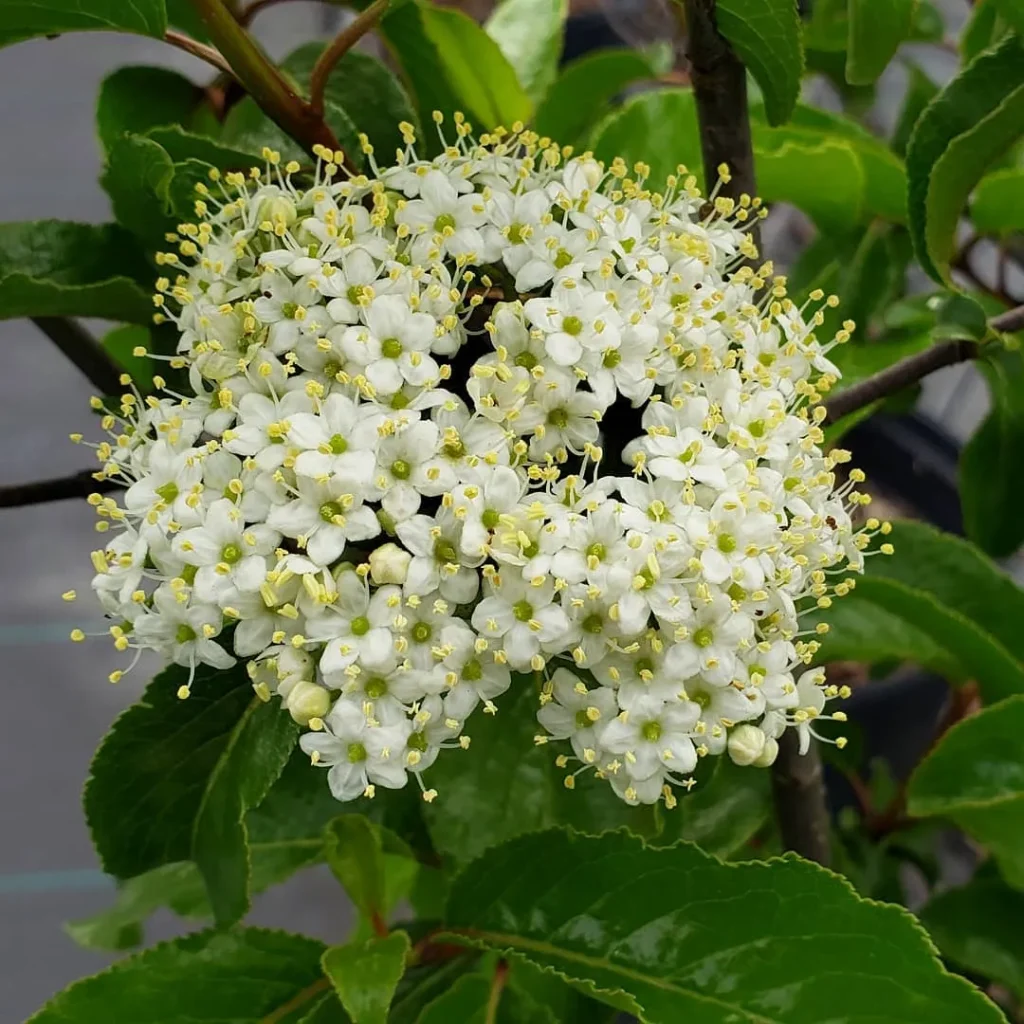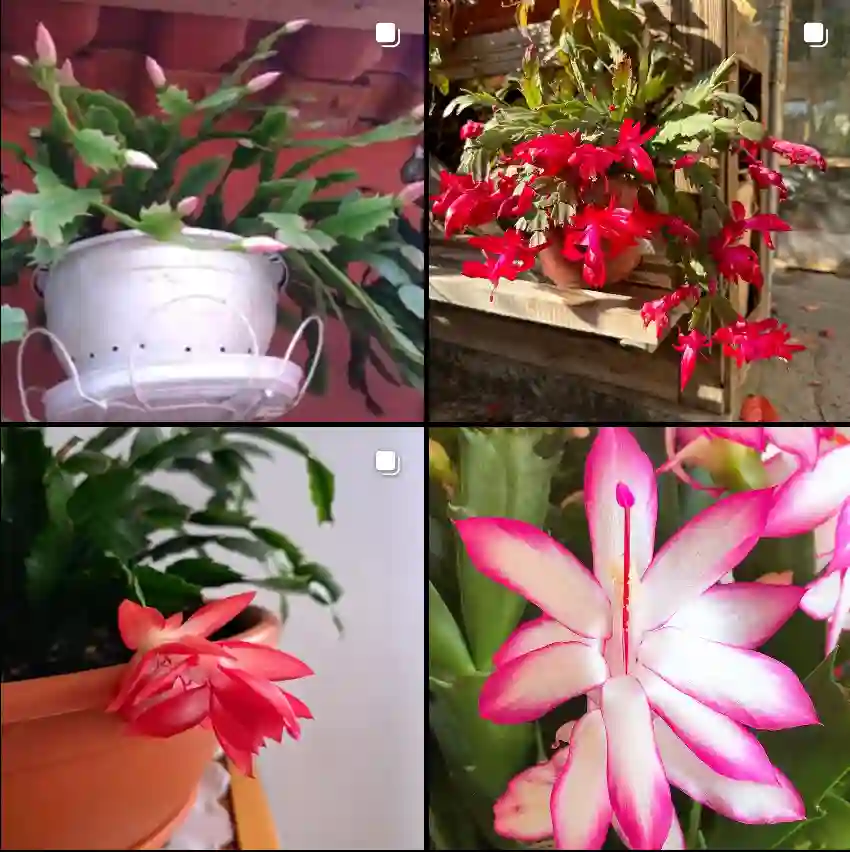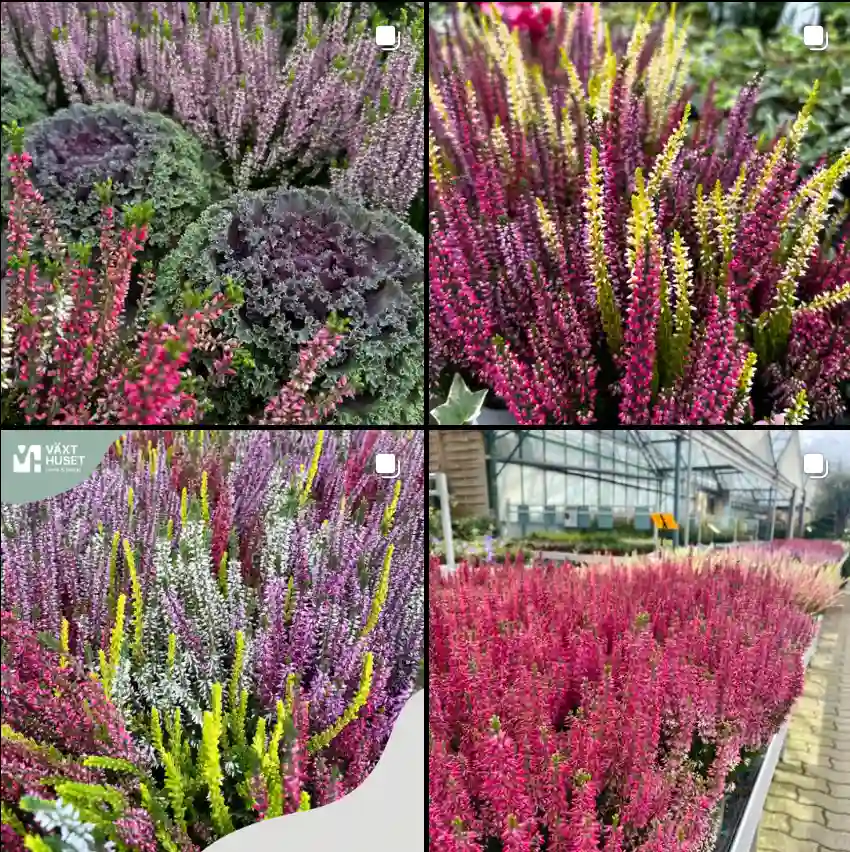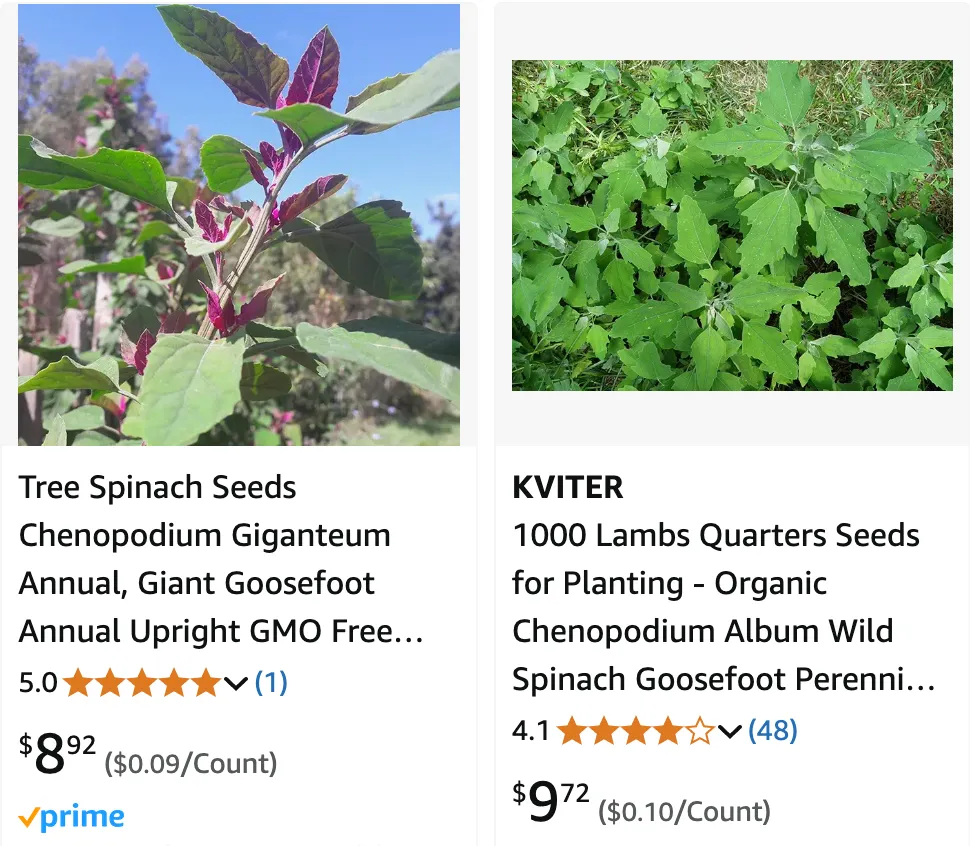
November 10 – Chenopodium
"Chenopodium, the goosefoot plant, represents November 10."
Chenopodium symbolizes adaptability and resilience. You are resourceful and thrive in difficult situations. Like its versatile nature, you find strength in the most unexpected places.
Chenopodium: A Closer Look at Goosefoot
My name is Ferb Vu, and I’ve always been fascinated by the diversity of the plant world. Lately, I’ve become particularly interested in the genus Chenopodium, more commonly known as goosefoot. These plants, often dismissed as weeds, are actually quite remarkable in their adaptability and uses. They can be found almost anywhere in the world, thriving in a variety of environments.
What is Chenopodium?
Chenopodium is a genus of herbaceous flowering plants belonging to the Amaranthaceae family. The name “goosefoot” comes from the shape of the leaves, which resemble the foot of a goose. These plants are typically annual or perennial herbs, although some can be shrubs or even small trees. They are characterized by their small, green flowers and often have a mealy or powdery appearance due to the presence of tiny hairs on their leaves and stems.
Species within the Chenopodium Genus
The Chenopodium genus is incredibly diverse, with over 100 recognized species:
- Chenopodium acerifolium Andrz.
- Chenopodium aciculare (Paul G.Wilson) S.Fuentes & Borsch
- Chenopodium acuminatum Willd.
- Chenopodium adpressifolium Pandeya & A.Pandeya
- Chenopodium albescens Small
- Chenopodium album L. Plant FAQs: Chenopodium Album
- Chenopodium allanii Aellen
- Chenopodium atripliciforme Murr
- Chenopodium atrovirens Rydb.
- Chenopodium attenuatum Charit.
- Chenopodium aureum Benet-Pierce
- Chenopodium auricomiforme Murr & Thell.
- Chenopodium auricomum Lindl.
- Chenopodium ayare Toro Torr.
- Chenopodium baccatum Labill.
- Chenopodium benthamii Iamonico & Mosyakin
- Chenopodium berlandieri Moq.
- Chenopodium betaceum Andrz.
- Chenopodium × binzianum Aellen & Thell.
- Chenopodium × borbasii Murr
- Chenopodium brandegeeae Benet-Pierce
- Chenopodium bryoniifolium Bunge
- Chenopodium candolleanum (Moq.) S.Fuentes & Borsch
- Chenopodium carnosulum Moq.
- Chenopodium chaldoranicum Rahimin. & Ghaemm.
- Chenopodium cordobense Aellen
- Chenopodium cornutum (Torr.) Benth. & Hook.f. ex S.Watson
- Chenopodium crusoeanum Skottsb.
- Chenopodium cuneifolium Vahl
- Chenopodium curvispicatum Paul G.Wilson
- Chenopodium cyanifolium Pandeya, Singhal & A.K.Bhatn.
- Chenopodium cycloides A.Nelson
- Chenopodium × dadakovae F.Dvořák
- Chenopodium desertorum (J.M.Black) J.M.Black
- Chenopodium desiccatum A.Nelson
- Chenopodium detestans Kirk
- Chenopodium diversifolium (Aellen) F.Dvořák
- Chenopodium drummondii (Moq.) S.Fuentes & Borsch
- Chenopodium eastwoodiae Benet-Pierce
- Chenopodium eremaeum (Paul G.Wilson) S.Fuentes & Borsch
- Chenopodium eustriatum F.Dvořák
- Chenopodium × fallax (Aellen) F.Dvořák
- Chenopodium ficifoliiforme F.Dvořák
- Chenopodium ficifolium Sm.
- Chenopodium flabellifolium Standl.
- Chenopodium foggii Wahl
- Chenopodium fremontii S.Watson
- Chenopodium frutescens C.A.Mey.
- Chenopodium × fursajevii Aellen & Iljin
- Chenopodium gaudichaudianum (Moq.) Paul G.Wilson
- Chenopodium giganteum D.Don
- Chenopodium griseochlorinum F.Dvořák
- Chenopodium grubovii Lomon. & Uotila
- Chenopodium × gruellii Aellen
- Chenopodium harae Sukhor.
- Chenopodium hastatifolium Pandeya & A.Pandeya
- Chenopodium × haywardiae Murr
- Chenopodium hederiforme (Murr) Aellen
- Chenopodium hians Standl.
- Chenopodium hircinum Schrad.
- Chenopodium hoggarense Uotila & C.Chatel.
- Chenopodium howellii Benet-Pierce
- Chenopodium hubbardii Aellen
- Chenopodium × humiliforme (Murr) F.Dvořák
- Chenopodium incanum (S.Watson) A.Heller
- Chenopodium incognitum Wahl
- Chenopodium indicum T.K.Paul
- Chenopodium iranicum (Aellen) Hamdi & Malekloo
- Chenopodium × jehlikii F.Dvořák
- Chenopodium karoi (Murr) Aellen
- Chenopodium khorasanica Hamdi & Malekloo
- Chenopodium lenticulare Aellen
- Chenopodium × leptophylliforme Aellen
- Chenopodium leptophyllum (Moq.) Nutt. ex S.Watson
- Chenopodium × linciense Murr
- Chenopodium lineatum Benet-Pierce
- Chenopodium littoreum Benet-Pierce & M.G.Simpson
- Chenopodium lobodontum H.Scholz
- Chenopodium loureiroi Steud.
- Chenopodium luteorubrum Mandák & Lomon.
- Chenopodium luteum Benet-Pierce
- Chenopodium × mendelii F.Dvořák
- Chenopodium moniliforme Charit.
- Chenopodium moquinianum Aellen
- Chenopodium mucronatum Thunb.
- Chenopodium neomexicanum Standl.
- Chenopodium nesodendron Skottsb.
- Chenopodium nevadense Standl.
- Chenopodium nitens Benet-Pierce & M.G.Simpson
- Chenopodium nitrariaceum (F.Muell.) F.Muell. ex Benth.
- Chenopodium novopokrovskyanum (Aellen) Uotila
- Chenopodium nutans (R.Br.) S.Fuentes & Borsch
- Chenopodium oahuense (Meyen) Aellen
- Chenopodium obscurum Aellen
- Chenopodium olukondae (Murr) Murr
- Chenopodium opulifolium Schrad. ex W.D.J.Koch & Ziz
- Chenopodium pallescens Standl.
- Chenopodium pallidicaule Aellen
- Chenopodium palmeri Standl.
- Chenopodium pamiricum Iljin
- Chenopodium papulosum Moq.
- Chenopodium parabolicum (R.Br.) S.Fuentes & Borsch
- Chenopodium parryi Standl.
- Chenopodium perttii Sukhor.
- Chenopodium petiolare Kunth
- Chenopodium philippianum Aellen
- Chenopodium phillipsianum Aellen
- Chenopodium pilcomayense Aellen
- Chenopodium × podperae F.Dvořák
- Chenopodium polygonoides (Murr) Aellen
- Chenopodium pratericola Rydb.
- Chenopodium preissii (Moq.) Diels
- Chenopodium × pseudoleptophyllum Aellen
- Chenopodium × pseudostriatum (Zschacke) Druce
- Chenopodium pueblense H.S.Reed
- Chenopodium quinoa Willd. Plant FAQs: Chenopodium Quinoa
- Chenopodium × reynieri Ludw. & Aellen
- Chenopodium robertianum Iamonico & Mosyakin
- Chenopodium ruiz-lealii Aellen
- Chenopodium sanctae-clarae Johow
- Chenopodium sancti-ambrosii Skottsb.
- Chenopodium sandersii Benet-Pierce
- Chenopodium santoshei Pandeya, Singhal & A.K.Bhatn.
- Chenopodium scabricaule Speg.
- Chenopodium simpsonii Benet-Pierce
- Chenopodium × smardae F.Dvořák
- Chenopodium sonorense Benet-Pierce & M.G.Simpson
- Chenopodium sosnowskyi Kapeller
- Chenopodium spegazzinii F.Dvořák
- Chenopodium spinescens (R.Br.) S.Fuentes & Borsch
- Chenopodium standleyanum Aellen
- Chenopodium stenophyllum (Makino) Koidz.
- Chenopodium striatiforme Murr
- Chenopodium subficifolium (Murr) Druce
- Chenopodium subglabrum (S.Watson) A.Nelson
- Chenopodium suecicum Murr
- Chenopodium × thellungii Murr
- Chenopodium tonkinense Courchet
- Chenopodium triandrum G.Forst.
- Chenopodium × tridentinum Murr
- Chenopodium × trigonocarpum Aellen
- Chenopodium trigonon Schult.
- Chenopodium twisselmannii Benet-Pierce
- Chenopodium ulbrichii Aellen
- Chenopodium ulicinum Gand.
- Chenopodium × unarii F.Dvořák
- Chenopodium × variabile Aellen
- Chenopodium vulvaria L.
- Chenopodium wahlii Benet-Pierce
- Chenopodium watsonii A.Nelson
- Chenopodium wilsonii S.Fuentes, Borsch & Uotila
- Chenopodium × zahnii Murr
- Chenopodium zerovii Iljin
- Chenopodium zoellneri Aellen
The Importance of Chenopodium
While some species of Chenopodium are considered weeds, the genus as a whole plays a significant role in both ecological and human contexts.
Ecological Importance
Chenopodium species are often pioneer plants, meaning they are among the first to colonize disturbed areas. This makes them important for soil stabilization and the prevention of erosion. They also provide food and habitat for a variety of insects and animals.
Human Importance
Several Chenopodium species have been used by humans for centuries as food sources, medicinal plants, and even for their ornamental value.
- Food: As mentioned earlier, Chenopodium album and Chenopodium quinoa are important food sources, providing essential nutrients. Other species, like Chenopodium berlandieri, have historically been used for their edible seeds or leaves.
- Medicine: Chenopodium ambrosioides is well-known for its medicinal properties, particularly in the treatment of intestinal worms. Other species have been used traditionally to treat a variety of ailments, including skin conditions, digestive issues, and respiratory problems.
- Ornamental: Some Chenopodium species, with their attractive foliage and unique growth habits, are cultivated as ornamental plants in gardens and landscapes.
Challenges and Future Prospects
Despite their importance, some Chenopodium species are facing challenges due to habitat loss, climate change, and the use of herbicides. However, the increasing recognition of their nutritional and medicinal value, along with their ability to thrive in diverse environments, suggests a promising future for these versatile plants.
My Personal Interest in Chenopodium
I’m particularly interested in the potential of Chenopodium species to contribute to sustainable agriculture and food security. Their adaptability and resilience make them ideal candidates for cultivation in marginal lands and under challenging conditions. I believe that further research into the nutritional and medicinal properties of these plants could lead to the development of new and valuable resources for human health and well-being.
In conclusion, the genus Chenopodium is a fascinating group of plants with a rich history and a promising future. From the nutritious quinoa to the medicinal wormseed, these plants have played a vital role in human societies and continue to offer valuable resources for food, medicine, and ecological restoration. I’m excited to continue learning more about this diverse genus and its potential to contribute to a more sustainable and healthy world.
If i die, water my plants!
